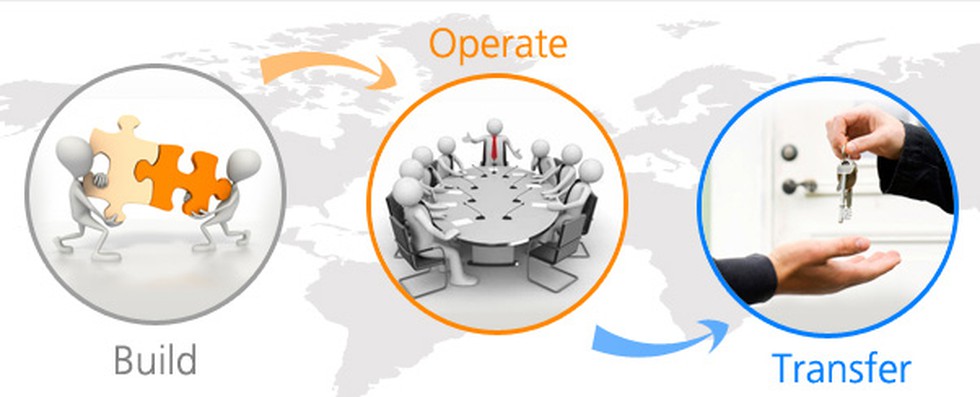About Build-Operate-Transfer (BOT) Model:
- It is a type of agreement often used in infrastructure projects, particularly in the construction and operation of public facilities or utilities.
- It is a conventional public-private partnership (PPP) model in which a private entity (usually a company or consortium) is granted the rights and responsibilities to design, finance, construct, operate, and maintain a specific project or facility for a defined period of time.
- The private entity, known as the "concessionaire" or "developer," bears the financial and operational risks associated with the project during the contract period.
- The typical lifecycle of a BOT contract involves three phases:
- Build: The concessionaire is responsible for financing, designing, and constructing the infrastructure project. This phase usually includes obtaining the necessary permits and approvals.
- Operate: After the construction is completed, the concessionaire operates and maintains the facility for a specified duration. This can involve providing services, managing operations, and generating revenue from the facility (e.g., tolls, fees, or user charges).
- Transfer: At the end of the contract period, the ownership and control of the facility are transferred back to the government or public authority, which may have been the original owner. The transfer is often accompanied by a predetermined valuation or compensation mechanism.
- The private company gains revenue during the concession period, while the government benefits from infrastructure development without upfront investment.
- However, the specifics of the financial arrangements and incentives vary depending on the individual BOT contract.
- BOT is particularly well-suited for greenfield projects (new projects without prior work) and large-scale, capital-intensive projects.
